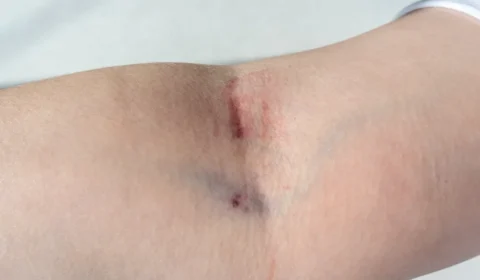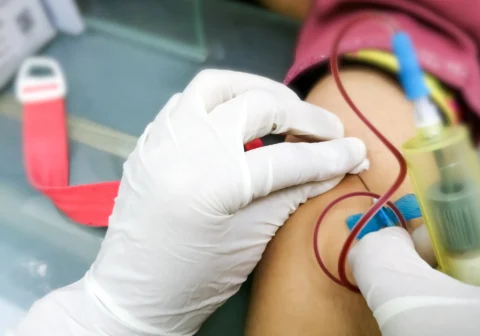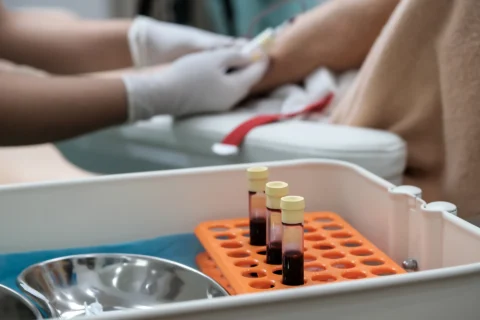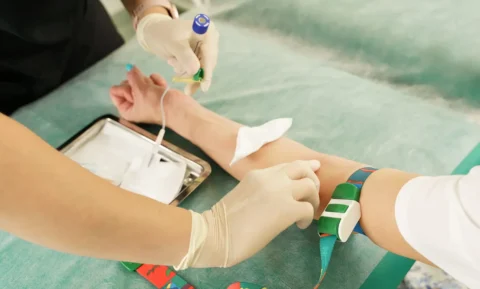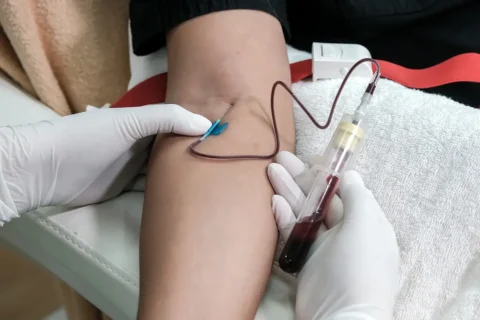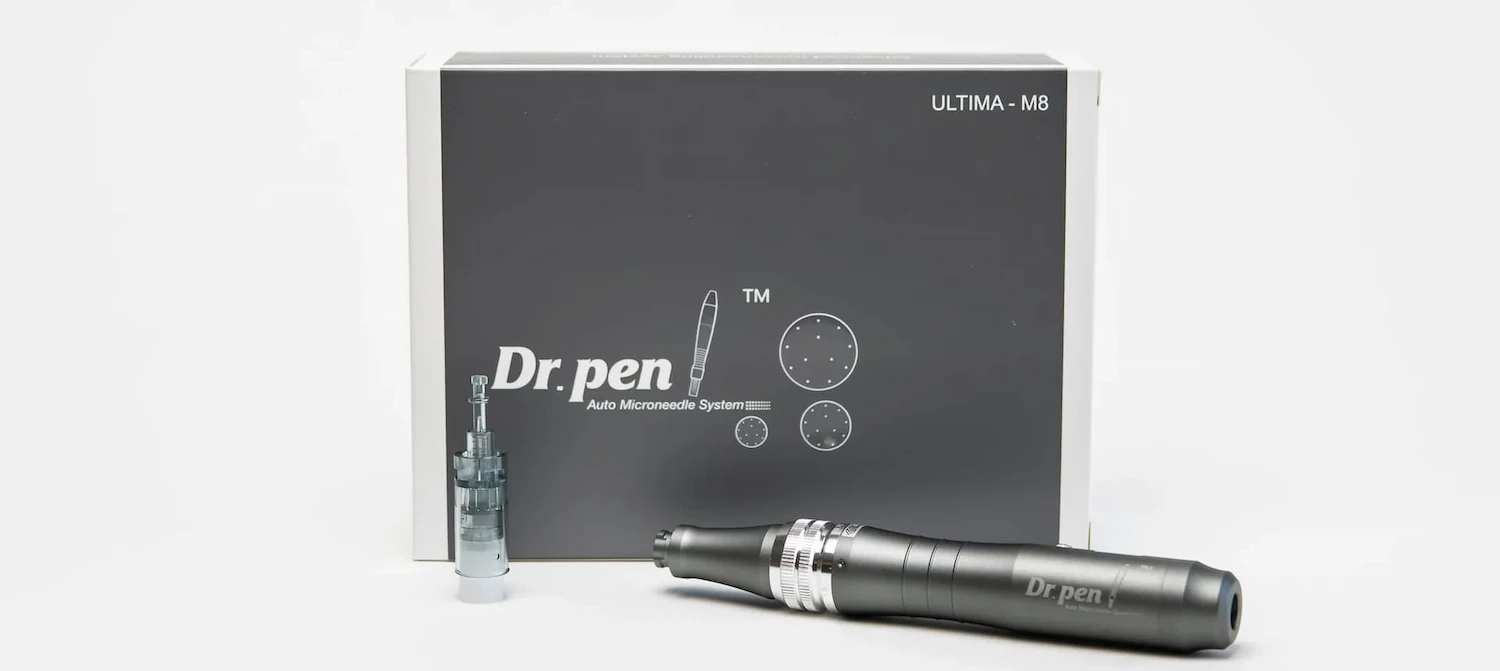There are many types of cosmetic injectables but if you’re looking for a more natural alternative that doesn’t contain foreign substances or toxins, then PRP therapy is a procedure that’s worth adding to your aesthetic practice. It’s a popular form of regenerative medicine and it’s been widely used for different medical conditions and sports injuries. But more recently, many cosmetic doctors have realized the benefits of PRP for skin rejuvenation and hair restoration.
So what do you need to do if you want to include PRP injections in your aesthetic practice? The first step is to take an online course and get specialized training on PRP treatment. During platelet-rich plasma training, providers will learn about different ways to prepare the injections, common applications, and the best protocols and techniques for the procedure.
A Guide to PRP Aesthetics Training
Nowadays, there’s more than one option for facial aesthetics treatment and PRP injections are quickly becoming popular for addressing a wide variety of cosmetic concerns. It’s a minimally invasive procedure and if you want to add it to your services, it’s not hard to find suppliers who can provide a high-quality PRP kit for your practice.
However, aside from having the right tools and equipment for PRP therapy, it’s also important that your staff and practitioners are properly trained to administer the treatment. In addition to having a background in aesthetic medicine, it’s necessary to complete a PRP course. In a PRP aesthetics course, you can expect to learn about different topics like:
- The history and science of platelet-rich plasma injections
- The essential role of PRP in the wound healing and tissue repair process
- The different types of growth factors and how they help stimulate collagen growth and rejuvenate skin
- How to use PRP for different cosmetic problems
- The pros and cons of the different PRP preparation techniques
- Hands-on training on the best injection techniques for administering PRP in various areas of the face and body
- The possible side effects and how to reduce its risk during the procedure
- The selection criteria to better assess and determine who are the ideal PRP patients
- Important protocols on patient preparation and aftercare
How Does PRP Aesthetic Treatment Work?
Compared to other injectables like Botox and dermal filler procedures, PRP is a natural type of treatment and it uses injections of a patient’s own blood platelets. Platelets are a type of blood cell and a rich source of growth factors that have a vital role in clotting, wound healing, and tissue regeneration.
PRP for facial rejuvenation works the same as when it’s used for treating joint damage and injuries. During a PRP procedure, the provider will inject the prepared serum into the areas with visible skin damage. The injections will release growth factor components that will stimulate skin healing and collagen production to minimize the signs of damage and facial aging.
While PRP treatments can be given on their own, it’s also sometimes used in conjunction with micro-needling procedures. It can also be administered along with dermal filler injections to support collagen renewal for more significant and longer-lasting results.
Basics of PRP Preparation and Injection Procedure
The most important step in PRP treatments is the extraction of blood from the patient. In a PRP training course, you’ll learn how many blood samples are needed for facial treatments and the proper way to collect them from the patient. On average, you’ll need around 10 to 15 mL of blood for the procedure.
After getting the blood sample, it will be placed in a centrifuge machine to isolate the platelets from the red blood cells and white blood cells. There are two common separation processes used for PRP preparation:
- Single Spin Method: Most single spin processes use a soluble polymer or gel-like substance to create a barrier that will separate the platelet-rich plasma into one layer, while the remaining red blood cells are eliminated. Although it successfully removes the other blood cells, the result is still a platelet poor plasma and it may not be as effective for the treatment.
- Double Spin Method: This is the ideal preparation technique since it can generate a higher platelet concentration compared to a single spin. In this process, the blood will first be taken for a soft spin and followed by second centrifugation to achieve the optimal platelet concentration in the serum. This method usually results in a platelet concentrate that’s 5 to 10 times higher than that of whole blood.
Before delivering the PRP serum to the skin, you will apply a topical numbing cream to minimize the patient’s discomfort. After numbing the area, slowly and carefully inject the PRP solution into the intended treatment sites.
Why You Should Offer PRP in Your Aesthetic Practice
Platelet-rich plasma therapy offers plenty of benefits as a cosmetic procedure and it’s a great investment for any medical aesthetics clinic. Here are some of the reasons why you should learn PRP and offer it in your practice:
1) A Minimally Invasive Procedure
Before non-surgical aesthetic treatments were available, a lot of people received plastic surgery to achieve the facial enhancements that they want. However, PRP injections now make it possible for patients to improve their skin condition and enhance their features without any complex surgical operation.
2) No Downtime and Few Side Effects
Most PRP procedures can be performed and finished within an hour and patients can immediately return to their normal activities. Since it’s a non-surgical treatment, it doesn’t require a long downtime period. There are also very minimal side effects that patients can experience post-procedure such as temporary swelling, bruising, redness, and skin sensitivity.
3) Promotes Collagen Growth for Continuous and Long-Lasting Improvements
PRP treatments are an excellent collagen stimulator, which is why they’re a recommended solution for skin rejuvenation. With renewed collagen, patients will be able to enjoy reduced signs of aging and sun damage. They will notice visible improvements in their overall skin texture and tone and these effects can last for 6 months to 1 year.
Who Can Administer PRP Procedures?
Any healthcare professional who has completed their aesthetic education and specialized PRP training can administer platelet-rich plasma injections. Additionally, any medical professional with a state-recognized license can perform PRP treatments. This can include other members of the cosmetic team such as:
- Dermatologist
- Registered nurses
- Physician assistant
- Aesthetician
- Cosmetologist
Common Aesthetic Applications of PRP Treatments
As a cosmetic treatment, PRP is suitable for all patients regardless of their skin tone and type. It’s a versatile and customizable injectable that can be tailored for different aesthetic purposes. Here are some of the common problems that PRP therapy can treat:
- Facial wrinkles, fine lines, and nasolabial folds
- Acne scarring
- Uneven skin tone and texture
- Dull complexion
- Hyperpigmentation issues
- Hair loss symptoms
- Skin laxity
- Enlarged pores
Shop Online Training Courses and Medical Tools for PRP Treatments at FACE Med Store
PRP injections are a great addition to your aesthetic practice and they can help provide your patients with more options for their skin rejuvenation procedure. However, to become a certified PRP provider, you’ll need to complete hands-on training or finish an online course so you know how to safely and effectively perform the procedure on your patients.
FACE Med Store offers modules on facial aesthetics and online video courses about using PRP injections for skin treatment, hair restoration, and sexual rejuvenation. We also provide medical-grade tools and supplies to keep your practice well-stocked for different cosmetic procedures. Know how we can support your business by calling us today to learn more about our products.
